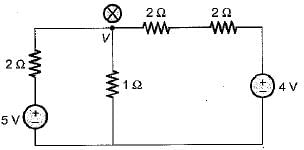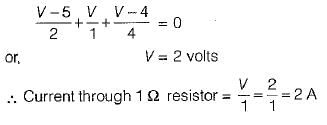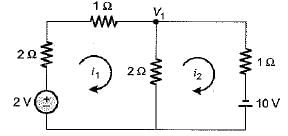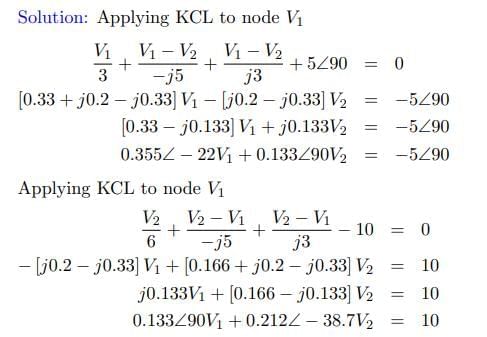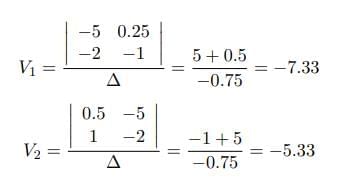Electrical Engineering (EE) Exam > Electrical Engineering (EE) Tests > Test: Basic Nodal & Mesh Analysis - 1 - Electrical Engineering (EE) MCQ
Test: Basic Nodal & Mesh Analysis - 1 - Electrical Engineering (EE) MCQ
Test Description
10 Questions MCQ Test - Test: Basic Nodal & Mesh Analysis - 1
Test: Basic Nodal & Mesh Analysis - 1 for Electrical Engineering (EE) 2025 is part of Electrical Engineering (EE) preparation. The Test: Basic Nodal & Mesh Analysis - 1 questions and answers have been prepared
according to the Electrical Engineering (EE) exam syllabus.The Test: Basic Nodal & Mesh Analysis - 1 MCQs are made for Electrical Engineering (EE) 2025 Exam.
Find important definitions, questions, notes, meanings, examples, exercises, MCQs and online tests for Test: Basic Nodal & Mesh Analysis - 1 below.
Solutions of Test: Basic Nodal & Mesh Analysis - 1 questions in English are available as part of our course for Electrical Engineering (EE) & Test: Basic Nodal & Mesh Analysis - 1 solutions in
Hindi for Electrical Engineering (EE) course.
Download more important topics, notes, lectures and mock test series for Electrical Engineering (EE) Exam by signing up for free. Attempt Test: Basic Nodal & Mesh Analysis - 1 | 10 questions in 30 minutes | Mock test for Electrical Engineering (EE) preparation | Free important questions MCQ to study for Electrical Engineering (EE) Exam | Download free PDF with solutions
Test: Basic Nodal & Mesh Analysis - 1 - Question 1
Of the two methods of loop and node variable analysis
Test: Basic Nodal & Mesh Analysis - 1 - Question 2
Which of the following is not true about the circuit shown below?
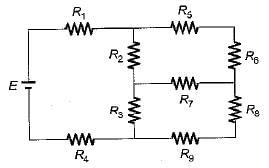

Detailed Solution for Test: Basic Nodal & Mesh Analysis - 1 - Question 2
Test: Basic Nodal & Mesh Analysis - 1 - Question 3
For the circuit shown below, the current through the 1 Ω resistor is
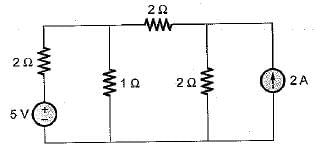

Detailed Solution for Test: Basic Nodal & Mesh Analysis - 1 - Question 3
Test: Basic Nodal & Mesh Analysis - 1 - Question 4
An electric circuit with 8 branches and 4 nodes will have
Detailed Solution for Test: Basic Nodal & Mesh Analysis - 1 - Question 4
Test: Basic Nodal & Mesh Analysis - 1 - Question 5
For the circuit shown below, the current through the 10 V battery is
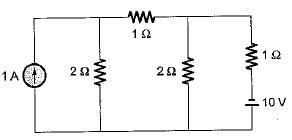
Detailed Solution for Test: Basic Nodal & Mesh Analysis - 1 - Question 5
Test: Basic Nodal & Mesh Analysis - 1 - Question 6
Find the value of the currents I1 and I2 flowing clockwise in the first and second mesh respectively.
Detailed Solution for Test: Basic Nodal & Mesh Analysis - 1 - Question 6
Test: Basic Nodal & Mesh Analysis - 1 - Question 7
In the network shown in Figure find the value of V2 using nodal analysis
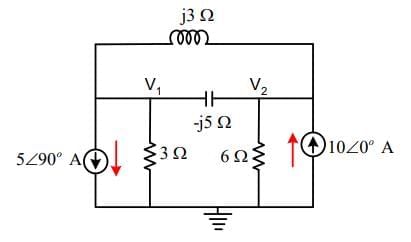
Detailed Solution for Test: Basic Nodal & Mesh Analysis - 1 - Question 7
Test: Basic Nodal & Mesh Analysis - 1 - Question 8
The number of KVL and KCL equations for the circuit shown below are
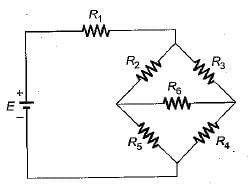
Detailed Solution for Test: Basic Nodal & Mesh Analysis - 1 - Question 8
Test: Basic Nodal & Mesh Analysis - 1 - Question 9
The current l flowing in the given figure is
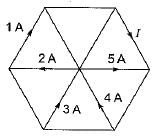
Test: Basic Nodal & Mesh Analysis - 1 - Question 10
The value of dependent source for the circuit shown below is
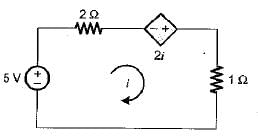
Detailed Solution for Test: Basic Nodal & Mesh Analysis - 1 - Question 10
Information about Test: Basic Nodal & Mesh Analysis - 1 Page
In this test you can find the Exam questions for Test: Basic Nodal & Mesh Analysis - 1 solved & explained in the simplest way possible.
Besides giving Questions and answers for Test: Basic Nodal & Mesh Analysis - 1 , EduRev gives you an ample number of Online tests for practice
Download as PDF



